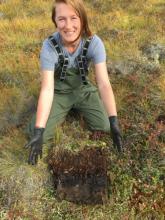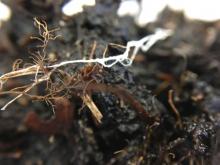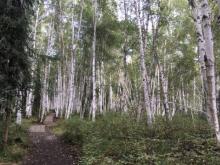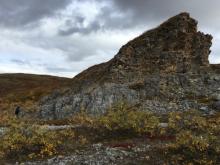Update
Now Archived! PolarConnect Event with Nell Kemp and the Deep Roots Research Team from Alaska on 31 August 2016. You can access this and other events on the PolarConnect Archives site: https://www.polartrec.com/polar-connect/archive
What Are They Doing?
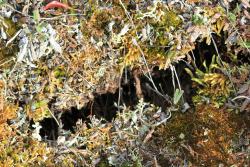
Where Are They?
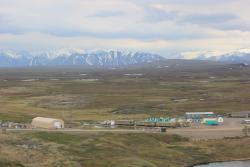
Latest Journals

Michelle Mack is a professor in the Center for Ecosystem Science and Society at Northern Arizona University in Flagstaff, AZ. She has studied the plants and soils of arctic terrestrial ecosystems for 17 years. Her research focuses on understanding how warming climate is impacting the cycling of carbon and nutrients among plants, microbes, soils and the the atmosphere.

Rebecca Hewitt is a postdoctoral researcher at the Center for Ecosystem Science and Society at Northern Arizona University with Dr. Michelle Mack. Her research investigates the role of plant-fungal interactions on the acquisition of deep nitrogen from thawing permafrost soils, post-fire seedling recruitment at treeline, and landscape patterns of arctic vegetation change. She earned her B.A. in Environmental Studies and Biology from Middlebury College in 2005 and her Ph.D. in Biological Sciences from University of Alaska Fairbanks in 2014.

